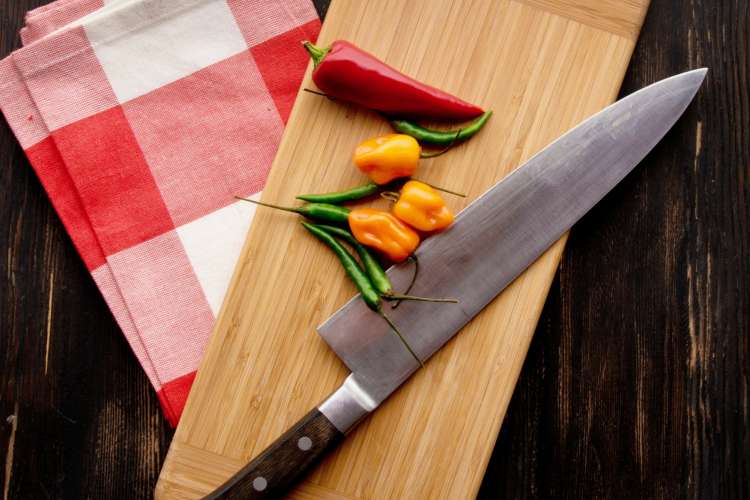When it comes to culinary excellence, few tools are as essential as the German knife. Renowned for their precision, durability, and craftsmanship, these knives have earned a place in the hearts of kitchen professionals worldwide. However, one aspect that often gets overlooked is the packaging of these knives. In this German knife packaging review, we delve into the intricacies of how these culinary marvels are presented and protected, exploring the pros and cons of their packaging.

The Importance of Packaging
Packaging is not just about aesthetics; it plays a crucial role in protecting the product, ensuring it reaches the customer in perfect condition. For German knives, renowned for their sharpness and precision, packaging is even more critical. Proper packaging not only prevents damage during transit but also reflects the brand's commitment to quality. This review explores how German knife manufacturers balance functionality and presentation in their packaging.
Materials Used in German Knife Packaging
One of the key factors in evaluating German knife packaging is the materials used. Most high-end German knives come in sturdy cardboard boxes that provide excellent protection. These boxes are often lined with foam or velvet to prevent scratches and ensure the knife remains secure during transport. Additionally, some manufacturers incorporate magnetic closures to enhance security and add a touch of sophistication.
While cardboard is the most common choice, some brands opt for wooden boxes, which not only offer superior protection but also add an element of luxury. However, wooden packaging can be heavier and more expensive, which might be a consideration for some customers.
Design and Presentation
Beyond protection, the design and presentation of German knife packaging play a significant role in the overall customer experience. Many manufacturers pay meticulous attention to detail, ensuring that the packaging reflects the quality and craftsmanship of the knife itself. This is particularly important for kitchen professionals who value aesthetics and functionality in equal measure.
Some brands incorporate minimalist designs, focusing on clean lines and subtle branding. Others go for more elaborate designs, featuring intricate patterns and embossed logos. Ultimately, the choice of design depends on the brand's identity and target audience.
Pros and Cons of German Knife Packaging
Like any aspect of product design, German knife packaging has its pros and cons. Understanding these can help kitchen professionals make informed purchasing decisions.
Pros
- Protection: The primary function of German knife packaging is to protect the knife from damage during transit. Sturdy materials and secure closures ensure that the knife arrives in perfect condition.
- Presentation: High-quality packaging enhances the overall customer experience, making the unboxing process enjoyable and memorable.
- Brand Image: Well-designed packaging reflects the brand's commitment to quality and craftsmanship, reinforcing the knife's premium status.
Cons
- Cost: High-quality packaging can increase the overall cost of the knife, which might be a consideration for budget-conscious buyers.
- Environmental Impact: While some brands use eco-friendly materials, others rely on non-recyclable components, contributing to environmental concerns.
Conclusion
In conclusion, the packaging of German knives is a critical aspect that kitchen professionals should consider. It not only protects the knife but also enhances the overall brand image and customer experience. While there are some drawbacks, such as cost and environmental impact, the benefits of high-quality packaging often outweigh these concerns. For those seeking top-notch German knives, understanding the nuances of packaging can lead to more informed purchasing decisions and ultimately, a more satisfying culinary journey.

FAQs
1. Why is packaging important for German knives?
Packaging is crucial for protecting German knives during transit, ensuring they reach customers in perfect condition. It also reflects the brand's commitment to quality and enhances the overall customer experience.
2. What materials are commonly used in German knife packaging?
Common materials include sturdy cardboard, foam or velvet lining, and sometimes wooden boxes. These materials provide excellent protection and add a touch of luxury to the packaging.
3. Are there any drawbacks to German knife packaging?
While high-quality packaging offers numerous benefits, it can increase the overall cost of the knife and contribute to environmental concerns if non-recyclable materials are used.
For more information on this topic, you can check out the best German knife sharpening stone or explore German knife reviews by chefs for insights from professionals.


























